Flexible electronic skin aids human-machine interactions
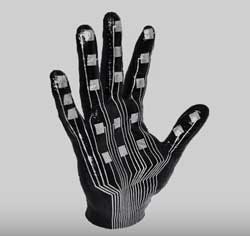 Researchers report a new method that creates an ultrathin, stretchable electronic skin, which could be used for a variety of human-machine interactions.
Researchers report a new method that creates an ultrathin, stretchable electronic skin, which could be used for a variety of human-machine interactions.
Nov 28th, 2018
Read more
 Researchers report a new method that creates an ultrathin, stretchable electronic skin, which could be used for a variety of human-machine interactions.
Researchers report a new method that creates an ultrathin, stretchable electronic skin, which could be used for a variety of human-machine interactions.
Nov 28th, 2018
Read more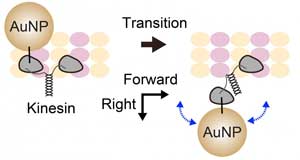 By using newly developed annular illumination total internal reflection dark-field microscopy, researchers have succeeded in achieving atomic-level, 1.3 angstrom localization precision with gold nanoparticles at 1 millisecond time resolution.
By using newly developed annular illumination total internal reflection dark-field microscopy, researchers have succeeded in achieving atomic-level, 1.3 angstrom localization precision with gold nanoparticles at 1 millisecond time resolution.
Nov 28th, 2018
Read more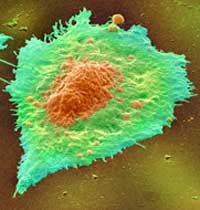 A technique to get more information from the blood of cancer patients than previously possible has been developed.
A technique to get more information from the blood of cancer patients than previously possible has been developed.
Nov 28th, 2018
Read more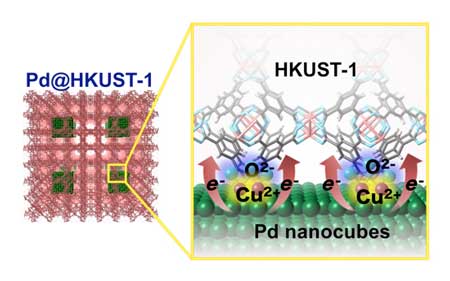 Discovery that the transfer of a charge equivalent to 0.4 electrons contributes to doubled hydrogen storage may expedite the development of new hybrid materials.
Discovery that the transfer of a charge equivalent to 0.4 electrons contributes to doubled hydrogen storage may expedite the development of new hybrid materials.
Nov 28th, 2018
Read more Process engineers have developed a method which allows the size and shape of nanoparticles in dispersions to be determined considerably quicker than ever before.
Process engineers have developed a method which allows the size and shape of nanoparticles in dispersions to be determined considerably quicker than ever before.
Nov 28th, 2018
Read more Presenting the first two artworks ever made with viewing angle-independent structural colors.
Presenting the first two artworks ever made with viewing angle-independent structural colors.
Nov 27th, 2018
Read more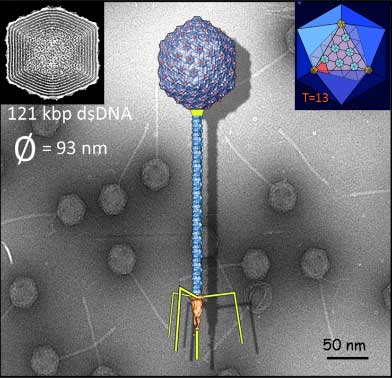 Researchers have demonstrated a new mass-spectrometry technology based on nanomechanical resonators that measures the mass of particles previously beyond the reach of current commercial technology, and which they used to measure the mass of a whole bacteriophage virus capsid.
Researchers have demonstrated a new mass-spectrometry technology based on nanomechanical resonators that measures the mass of particles previously beyond the reach of current commercial technology, and which they used to measure the mass of a whole bacteriophage virus capsid.
Nov 27th, 2018
Read more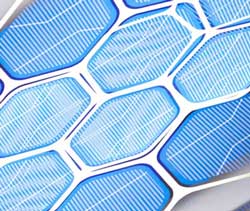 Materials scientists have achieved a new record in the performance of organic non-fullerene based single-junction solar cells.
Materials scientists have achieved a new record in the performance of organic non-fullerene based single-junction solar cells.
Nov 27th, 2018
Read more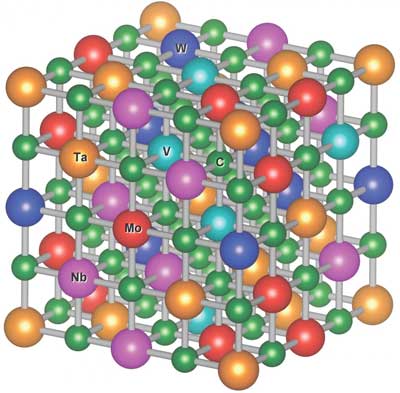 Computational simulations predict new class of carbides that could disrupt industries from machinery to aerospace.
Computational simulations predict new class of carbides that could disrupt industries from machinery to aerospace.
Nov 27th, 2018
Read more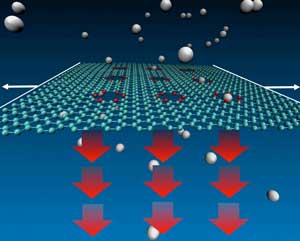 Researchers have conducted simulations suggesting that graphene, in addition to its many other useful features, can be modified with special pores to act as a tunable filter or strainer for ions (charged atoms) in a liquid.
Researchers have conducted simulations suggesting that graphene, in addition to its many other useful features, can be modified with special pores to act as a tunable filter or strainer for ions (charged atoms) in a liquid.
Nov 26th, 2018
Read more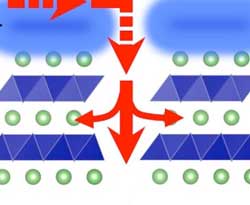 Scientists examined the mechanisms behind the resistance at the electrode-electrolyte interface of all-solid-state batteries. Their findings will aid in the development of much better Li-ion batteries with very fast charge/discharge rates.
Scientists examined the mechanisms behind the resistance at the electrode-electrolyte interface of all-solid-state batteries. Their findings will aid in the development of much better Li-ion batteries with very fast charge/discharge rates.
Nov 26th, 2018
Read more Miniature devices for sensing biological molecules could be developed quicker thanks to a rapid prototyping method.
Miniature devices for sensing biological molecules could be developed quicker thanks to a rapid prototyping method.
Nov 26th, 2018
Read more Researchers developed a method that increases the signal strength from microbial electrochemical cells by up to twenty times. The secret is a film with an embedded bacterium: Shewanella oneidensis.
Researchers developed a method that increases the signal strength from microbial electrochemical cells by up to twenty times. The secret is a film with an embedded bacterium: Shewanella oneidensis.
Nov 26th, 2018
Read more Researchers have created hydrogels with electrical and antibacterial properties suitable for neural interfaces.
Researchers have created hydrogels with electrical and antibacterial properties suitable for neural interfaces.
Nov 26th, 2018
Read more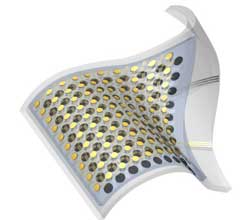 Imagine a world where cell phones and laptops can be charged in a matter of minutes instead of hours, rolled up and stored in your pocket, or dropped without sustaining any damage.
Imagine a world where cell phones and laptops can be charged in a matter of minutes instead of hours, rolled up and stored in your pocket, or dropped without sustaining any damage.
Nov 26th, 2018
Read more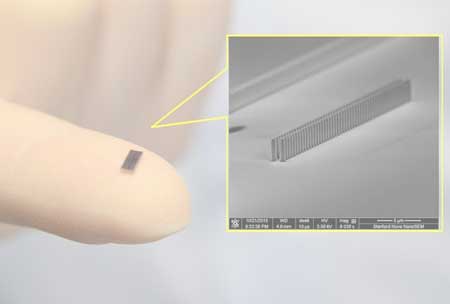 Electrical engineers have developed a design for a laser-driven electron accelerator so small it could be produced on a silicon chip.
Electrical engineers have developed a design for a laser-driven electron accelerator so small it could be produced on a silicon chip.
Nov 26th, 2018
Read more